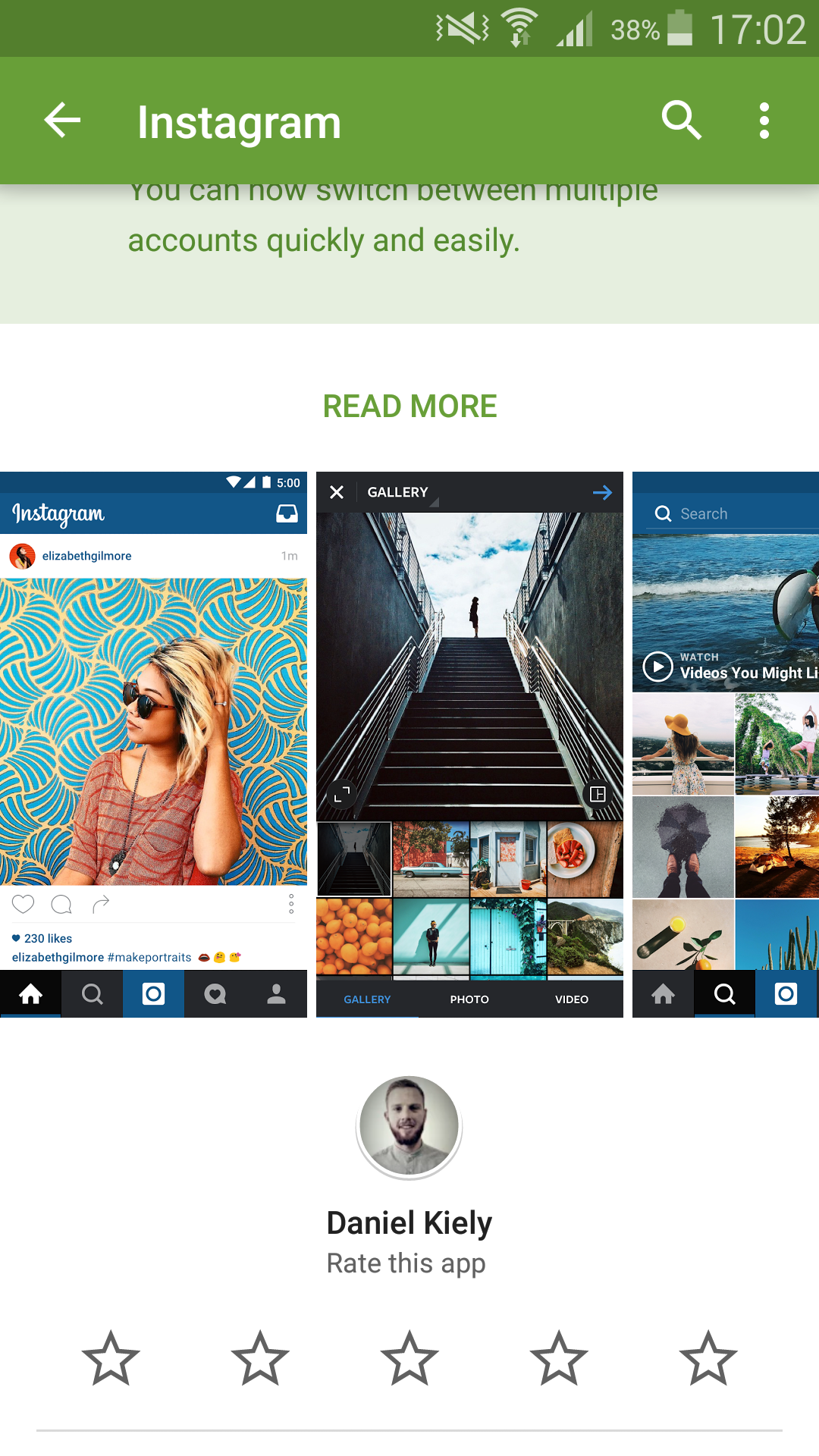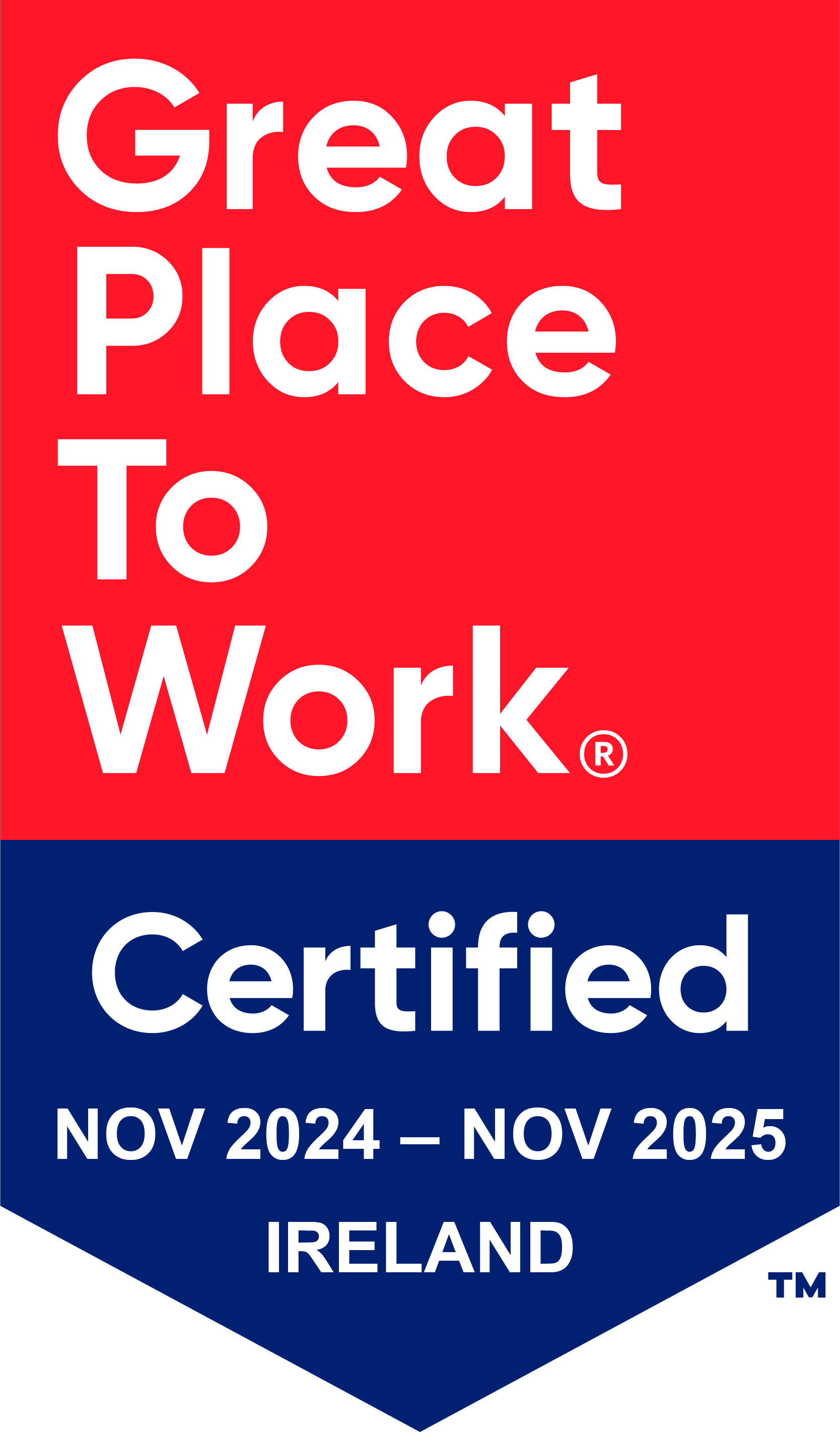By Daniel Kiely on 5 May 2016
A recent Bloomberg report claims that Apple has set up a ‘secret team’ to develop a Google AdWords-themed paid advertising system for the App Store. By using this system, marketers can have their app feature more prominently in search results, paying each time their ad is clicked upon. This idea has the potential to be seriously lucrative for Apple, and as ever, Google won’t be too far behind! Couple this paid ads system with the sheer quantity of apps available in each store (over 1.5 million in each), and things start to look bleak for those without massive marketing budgets.
But fear not! There is a super, cost-effective marketing strategy which is still being overlooked by many; enter App Store Optimisation.
What is App Store Optimisation?
App Store Optimisation (ASO) is the process of optimising a mobile app so that it ranks higher in the app store’s search results. The main goal of ASO is to drive traffic to your app’s page in the store, which is likely to increase the number of downloads your app gets. In its most basic form, ASO is search engine optimisation for mobile applications.
ASO is becoming increasingly more important in a market with an ever-growing number of competitors. A 2013 Forrester report found that 63% of apps are found by people searching the app store, so if you aren’t optimising your app the chances of it being found are quite slim.
What factors help your app to rank?
Much like SEO, there are certain practices you can and should follow in order to fully optimise your app. Get these right and you’re well on your way to app store domination.
Keyword Research
It all starts with researching the keywords for which you want your app to rank. For this, you need to put yourself in the shoes of your target market: what words would you use if you were searching for your app? Keyword research will be the basis of your optimisation, so make sure you do it correctly!
Competitor Research
As with any marketing project, researching the strategies and tactics your competitors are using is vitally important. Taking a look at the keywords your top performing competitors are targeting can help you decide which words you want to focus on. While spying on your competitors can be useful, it’s important that you pick keywords which aren’t impossible to rank for and will also deliver traffic.
App Title and Description
Following on from your keyword research, you should have a nice batch of words which you can spread amongst your title and description. Studies have shown that apps with keyword usage in the title ranked on average 10.3% higher than those without keywords, so the benefits are clear. Much like page titles in SEO, there are optimal character lengths for app titles - 25 characters is deemed to be the ideal length to avoid truncation on smaller screens, so make your title snappy and unique.
Number of Downloads
The number of times your app is downloaded has a significant impact on its ranking, but unfortunately you can’t directly control this. In order to increase downloads, you need to bring various forms of marketing into play. Social media, PPC, email marketing and content marketing all have a role in increasing the visibility of your app, which should lead to increased downloads. This can prove to be quite a slow process as you accrue downloads and in turn improve rankings incrementally each time downloads increase. Stay away from trying to scam the app stores by artificially creating downloads – their algorithms are advanced enough to recognise this and it will do more harm than good!
Ratings
While much has been written about the importance of ratings in app store rankings, studies have shown that they aren’t as important as they’re made out to be. Ratings can be thought of in the same vein as Schema or rich snippets in SEO in that they don’t directly affect rankings, but can improve click-through rate. Think about it, if you perform a search in the app store and have a choice between an app with a one-star rating or and an app with a five-star rating, which are you more likely to choose? Simply put, better ratings can result in more downloads, which results in higher rankings.
Wolfgang’s Top Tip
An often overlooked element of ASO is the conversion rate of your app; e.g. the number of downloads versus the number of people who land on your app details page. Surely everyone who lands on your app’s page downloads it, right? Wrong! Studies show that fewer than 1 in 3 views results in a download for free apps, and paid apps suffer even more at a rate of 1 in 10 views resulting in a download. What this means is that regardless of your ranking, the vast majority of people who see your app don’t download it.
In order to improve the conversion rate of your app, you need to consider what is useful for a consumer to see on the details page. The description of your app needs to be optimised for readability, using short bulleted sentences rather than long blocks of text. It also needs to be descriptive and entice the user to download while functioning on phones, tablets, and the web. Screenshots also play an important role in improving conversion rate, a picture paints a thousand words and all that! Using captivating, informative screenshots allows users to see how the app will look in action, and you can play around with these to test how they affect download rate. Check out how Instagram provide beautiful, captivating screenshots that highlight the key features of the app and how it will look as you use it:

Striking the Perfect Balance
ASO is much like SEO in that it requires a significant time investment and an understanding that results will not be immediate. Both are processes that require a lot of trial and error, as what works for one company may not work for another. In an ever-evolving competitive landscape, ASO is fully necessary to be in any way successful, but should be treated as one part of an overall marketing strategy. That being said, if you do use ASO you are likely to be one step ahead of the competition.
Much the way any integrated Search strategy encompasses solid SEO principles and astute AdWords execution, it’d be naive to think that the App marketplaces aren’t gearing up for a similar system of paid and organic visibility models.
It’s becoming more and more evident that both Play and iTunes are shifting from a strictly keyword-based algorithm to a more UX-based reviews/ratings model, which makes perfect sense. So to begin, getting the fundamentals right is key, but in the more competitive sectors, there also has to be an external push to download the app via a paid channel or a direct route to download via traditional web channels. To actually be discovered in the stores, you need reviews, ratings, and downloads; there’s no two ways about it unfortunately!








